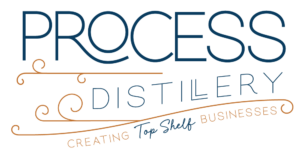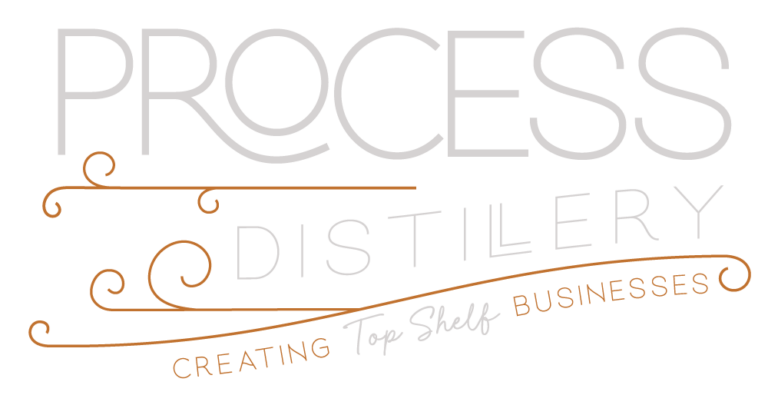Overview
As one of the leading mid-market ERP Systems Sage 300 stands out in a field of competitors. It is well suited for early stage to stable businesses that are looking for rock solid core accounting, with a robust modular platform that can be configured to your situation.
Features
Sage 300 handles all core financial matters like an old pro, who has been doing it for 30 years, that’s because they have. You see Sage 300 is formerly known as Accpac and the same core system has been around for over 30 years. From General Ledger, to Accounts Payables and Accounts Receivables, the financial modules are tried and true.
Many years ago, Sage acquired the product and made some great enhancements. Sage 300 now has one of the most robust Inventory and distribution capabilities in the middle market. This includes Inventory control, including bills of materials that are well suited for light manufacturing, and kits. It also includes Purchase Orders, Purchase Order Receiving and Material Returns. The inventory control functions include support for serialized inventory and lot tracking.
Lately Sage has been focused on connected systems, which has led them to market the platform as a Cloud based system. To be clear, it is not. Is intended to be installed on a server. You can put it on a server in a data center and it is then “in the cloud”, or you can install it on your server and use Sage’s many cloud connected features. Once you do that, it is then a Hybrid Premise/Cloud platform.
To further confuse things, Sage 300 is only available by subscription these days, even if you install it on your own server.
If you are still confused, then you are not alone. Give us a call and we will help you demystify the situation.
In full transparency, we are NOT a Sage 300 Solution Provider, but we have built hundreds of custom applications that tightly integrate into Sage 300. You see Sage 300’s real strength is its Application Processing Interface (API). Sage’s API is one of the most robust in the marketplace. It allows us to basically do anything outside of Sage 300 (including manipulating data, using different calculation methods and changing the workflow) and then push it back into Sage 300 contextually, so that the accounting flow is not broken.
In addition to our ability to build custom applications and reporting, there are over 500 Sage 300 add-ons, built by 3rd party software providers that solve most industry specific problems.
Since we are not a Sage 300 solution provider, we have provided a few screenshot of our customizations and 3rd party applications that we can assist with.
Use Cases
Sage 300 is well suited for small to mid-sized companies who have or plan to have either a high volume of transactions or a reasonably complicated business. Especially as it relates to inventory. Sage is also particularly well positioned if you have an industry specific application to manage your operations and you need an accounting system that you can write a custom integration into or out of without causing major problems.
Sage 300 is very popular internationally due to its multi-currency and multi-language capabilities that are built in.
Pros and Cons
Pros:
- Robust core accounting
- Robust Inventory control and distribution
- Double entry with full audit trail
- Hundreds of add-ons available
- Multi-Currency
- Multi-Language
- Low Total Cost of Ownership when compared to head to head competitors
- Extremely robust customization possibilities
- A large number of Solution Providers to choose from
- Premise Installation
Cons:
- Relatively high acquisition cost when you factor in implementation costs.
- Double entry requires a higher level of knowledge of accounting (Specifically how debits and credits work)
- Not Software as a Service
- Must be purchased through a Solution Provider


